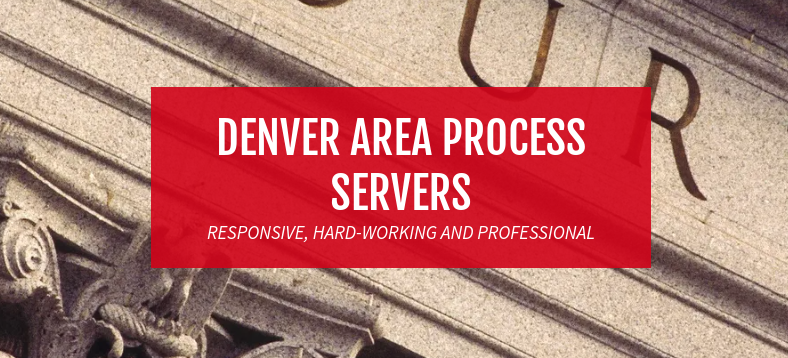What is a Retaliatory Eviction
What is a Retaliatory Eviction
What Is a Retaliatory Eviction?
A retaliatory eviction occurs when a landlord attempts or succeeds at removing a renter, or refuses to renew a lease in response to a complaint or action that is within a tenant’s legal rights.
Retaliatory evictions are generally illegal, as they take place following a tenant’s exercise of one or more legal rights. Evictions are typically governed by state law.
KEY TAKEAWAYS
- Retaliatory eviction is when a landlord removes or fails to renew a lease agreement in order to get back at a tenant for some activity that falls outside the lease or legal purview.
- Retaliatory evictions are generally illegal, as they take place even when a tenant is acting within their legal rights.
- As an example, a retaliatory eviction might occur because a tenant complains about potential health or building code violations or withholds rent as leverage for necessary repairs the landlord refuses to make
Understanding Retaliatory Evictions
Landlords can legally evict tenants for failure to pay rent or for some other action that breaches a rental contract or lease agreement. In a retaliatory eviction, landlords take action when tenants act within their rights. Legal tenant actions that can spur a retaliatory eviction include complaining about potential health or building code violations, withholding rent as leverage for necessary repairs the landlord refuses to make, or organizing tenants in resistance to poor rental conditions.
Tenants who experience a retaliatory eviction can run into difficulty proving their case in court, however. In some cases landlords will present the court with an entirely different rationale for the eviction, forcing the tenant to lay out the connection between their activities and the landlord’s decision. Retaliatory evictions that take place within a reasonably short time after the precipitating event are generally easier to prove in court than evictions that take place long after the tenant upset the landlord.
It’s easier for a tenant to prove a retaliatory eviction when it takes place in close proximity to the behavior that upset the landlord.
Legal Reasons for Eviction
Landlords and tenants have legal rights under their state and local laws, as well as rights enumerated in their rental or lease agreement. Both groups should be familiar with those rights. Most states allow landlords to evict disruptive tenants when they engage in illegal activities, such as selling drugs out of an apartment, or when they repeatedly disturb neighbors with loud parties, arguments, or fights.
States generally consider illegal other retaliatory activities that are undertaken in an attempt to get tenants to break their lease. Landlords, for example, usually cannot legally harass tenants, cause a deterioration in their living conditions, or raise rents in an attempt to make tenants uncomfortable enough to break the lease themselves. When tenants refuse to obey an eviction notice, courts often must navigate a gray area to figure out whether the landlord’s activities fall under the retaliatory category or whether the eviction lies within the landlord’s legal rights.
Example of a Retaliatory Eviction
Let’s say a tenant who rents an apartment in a highly desirable neighborhood files a complaint about a pest infestation or a persistent mold issue in their rental unit. The landlord may believe it will be easier and cheaper to evict the tenant and put the apartment up for rent, hoping that a new tenant will either live with the issue or solve it on their own. If the tenant can prove the eviction stemmed from their complaint, a court would likely consider the eviction retaliatory. This would place the landlord in legal jeopardy.












